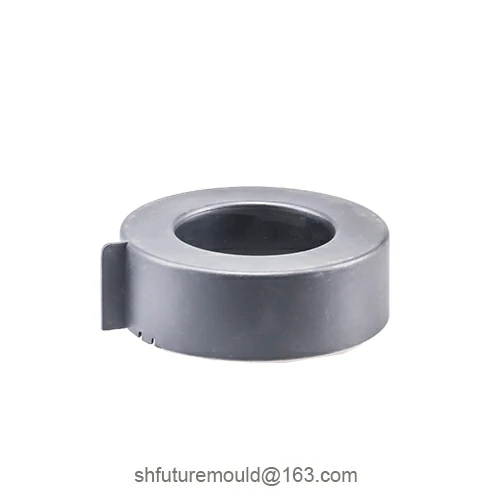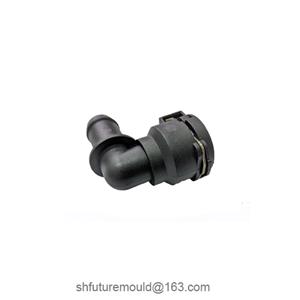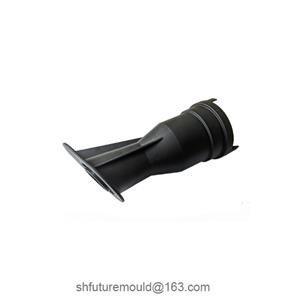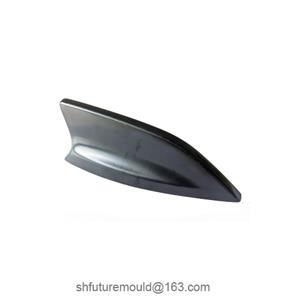Alüminyum Pres Dökümler İçin Parlatma İşlemi
Polishing aluminum die castings is a crucial step in enhancing the product's appearance, improving corrosion resistance, and extending its lifespan. Through polishing, burrs, oxide layers, and surface defects generated during the casting process can be removed, resulting in a smooth and flat surface, thereby improving the product's aesthetics.
Objectives of Polishing
Improved appearance: Enhances the surface finish and aesthetics of the product.
Enhanced corrosion resistance: Removes surface oxide layers, slowing down corrosion.
Increased surface hardness: Mechanical polishing can increase surface hardness.
Improved dimensional accuracy: Removes burrs and flash, improving dimensional accuracy.
Polishing Methods
Depending on the specific polishing requirements and product characteristics, the following methods can be selected:
1. Mechanical Polishing
Manual polishing: Using sandpaper, polishing wheels, and other tools to manually polish the product surface. Suitable for small-batch production or parts with complex shapes.
Vibratory finishing: Placing the workpiece and abrasive in a vibratory finishing machine, the workpiece is polished by abrasion through vibration. Suitable for simple-shaped workpieces.
Fluid jet polishing: Using high-speed fluid and abrasive to flush the workpiece surface, achieving polishing. Suitable for complex-shaped workpieces.
2. Chemical Polishing
Using a chemical solution to selectively dissolve the workpiece surface, achieving a bright and smooth finish.
3. Electrochemical Polishing
Through electrolysis, the workpiece surface undergoes oxidative dissolution, achieving a polished finish. Suitable for workpieces requiring a high surface finish.
4. Ultrasonic Polishing
Using the cavitation effect generated by ultrasonic vibration to create microscopic impacts on the workpiece surface, achieving polishing. Suitable for complex-shaped workpieces and precision parts.
Factors Affecting Polishing Results
Abrasive: The grain size, hardness, and shape of the abrasive significantly affect the polishing result.
Polishing solution: The composition and concentration of the polishing solution have a significant impact on the polishing result.
Pressure: Excessive polishing pressure can cause scratches, while insufficient pressure will result in low polishing efficiency.
Time: Excessive polishing time can affect the dimensional accuracy of the workpiece, while insufficient time will not achieve the desired polishing effect.
- Enjeksiyon kalıbı
- Otomotiv Enjeksiyon Kalıbı
- Elektronik ve Elektrik Enjeksiyon Kalıbı
- Tüketim Malları Enjeksiyon Kalıbı
- Uçak Bileşenleri Enjeksiyon Kalıbı
- Tıbbi Bileşenler Enjeksiyon Kalıbı
- Sulama Bileşenleri Enjeksiyon Kalıbı
- Enjeksiyon Kalıpları




